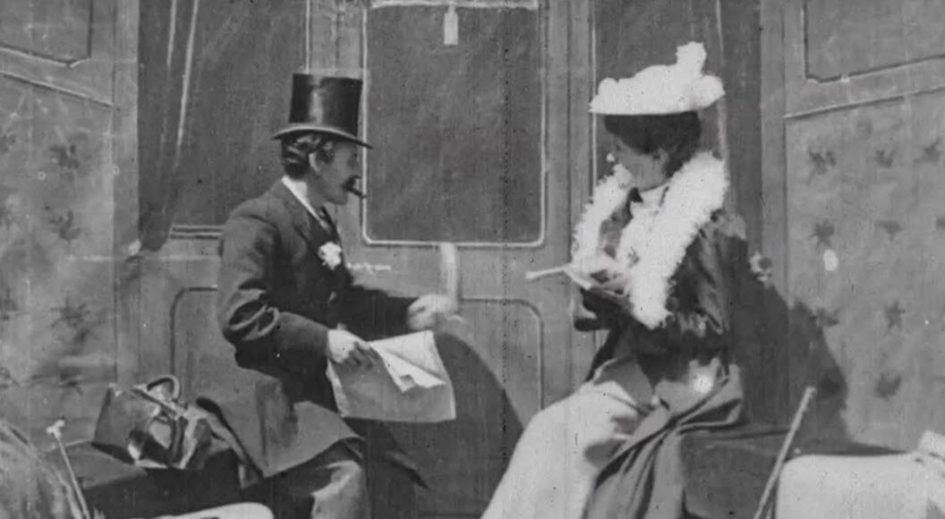[The following was originally written for an internal company newsletter and then remixed for a blog post on my company’s blog. Below is the raw material I provided to make both of those efforts happen. I thought was worthy of a post here as well.]
One of the core elements of an incentive program is the use of non-cash currency – i.e. “points.” This is done to keep the incentive program from becoming confused with ongoing compensation and it provides a way for a client to start and stop a program without impacting the participant’s standard of living. If clients simply used cash for an incentive they could create a problem for an employee who considers that little extra cash a “given” and makes decisions on what to buy, or even borrow, assuming that money it will always be there and then the company stops the program. Using points means the participant can’t fall into that trap.
Another big reason to use points is it helps the participant focus on redeeming for things they wouldn’t normally use their income for. It is easy to say no to a Bose Clock Radio that is $400 when you need to decide between that and rent. But when you have points that can’t be use for life maintenance it is easy to say, “I’ve earned that Bose radio.” The guilt is gone. Now, don’t get us wrong, if a participant really needs money for rent, it might not be in the best interest of the company to run an incentive but to look a little more closely at their compensation system
Knowing what to include in a program award catalog is all about understanding what is “luxury” and what would be viewed as an award to the program participant. The goal of a program is to have participants WANT the items in the catalog. And knowing what to include is a science in itself – and something that is constantly changing.
If This Was 1899 We’d All Be Considered Social Elite
Back in 1899 an economist named Veblen wrote about the elites in society. His book was called “The Theory of the Leisure Class” in which he coined the phrase “conspicuous consumption” to describe how “stuff” was used to signal one was “elite” or wealthy. Back in those days silver spoons and corsets were the signals of wealth. To show off your wealth, you needed to own something no one else had – or in many cases – wouldn’t likely think they needed to own. The idea of buying something with little real value just so you can show people you own it reminds us of a quote from the standup comedy routine Steve Martin did in the late 70’s (Yes, he was a standup comic long before he was an actor):
“I love money. I love everything about it. I bought some pretty good stuff. Got me a $300 pair of socks. Got a fur sink. An electric dog polisher. A gasoline powered turtleneck sweater. And, of course, I bought some dumb stuff, too.”
STEVE MARTIN, actor, writer, comedian, musician
Conspicuous consumption is how we signal we’ve “arrived.” And to a degree we want our award offerings to include these types of items – items that elevate our participants’ status in both their own eyes and their peers’.
But something interesting is happening in the world of material consumption today. Luxury goods are significantly more accessible than in the 1890s. Investments in mass-production, outsourcing production to China, and the cultivation of emerging markets where labor and materials are cheap has made many goods considered luxury more attainable to more people than ever. Who doesn’t have a big, flat-screen HD TV anymore? Now that everyone can own an electric dog polisher how do the “rich” signal their status? To truly influence behavior in our programs we need to know what to offer in a program in order to connect with the participant’s desires.
The New Signals of Wealth
Sure – we will always have the ultra-rich – with planes and Bentleys – but the aspirational class is who sets the pace for the clear majority of the working world. And those folks aren’t buying “stuff” as much as they used to.
So, what are the almost-super-rich buying to signal their status?
They are spending more on organic, non-GMO foods and pricey private kindergartens for their kids. The aspirational class is looking for something that can’t be “mass produced” because everyone can get that. Therefore, things like craft brews, craft furniture, craft clothes are in greater demand. A mass-produced mahogany table from Tables ‘R US isn’t nearly as “elite” as a table handmade by an Amish Craft Brewer in Iceland out of repurposed antique spinning wheel parts found in a castle in Ireland. THAT is real furniture. That is real social status!
We will always have at basics in our awards catalogs. There will always be significant numbers who want the “normal” expensive table – but we must also be alert to changes in what is considered “luxury goods” and what will excite the imaginations of our client’s participants. No one uses their points to redeem for last year’s model. There’s a reason there aren’t any Ronco Rotisserie ovens in our catalog.
And you thought this incentive stuff was simply handing out points.
It’s a bigger issue than that. There is serious sociological, anthropological and psychological brainpower that goes into designing a good program. Unless you really want a Ronco Rotisserie – because I CAN make that happen too!






Recent Comments